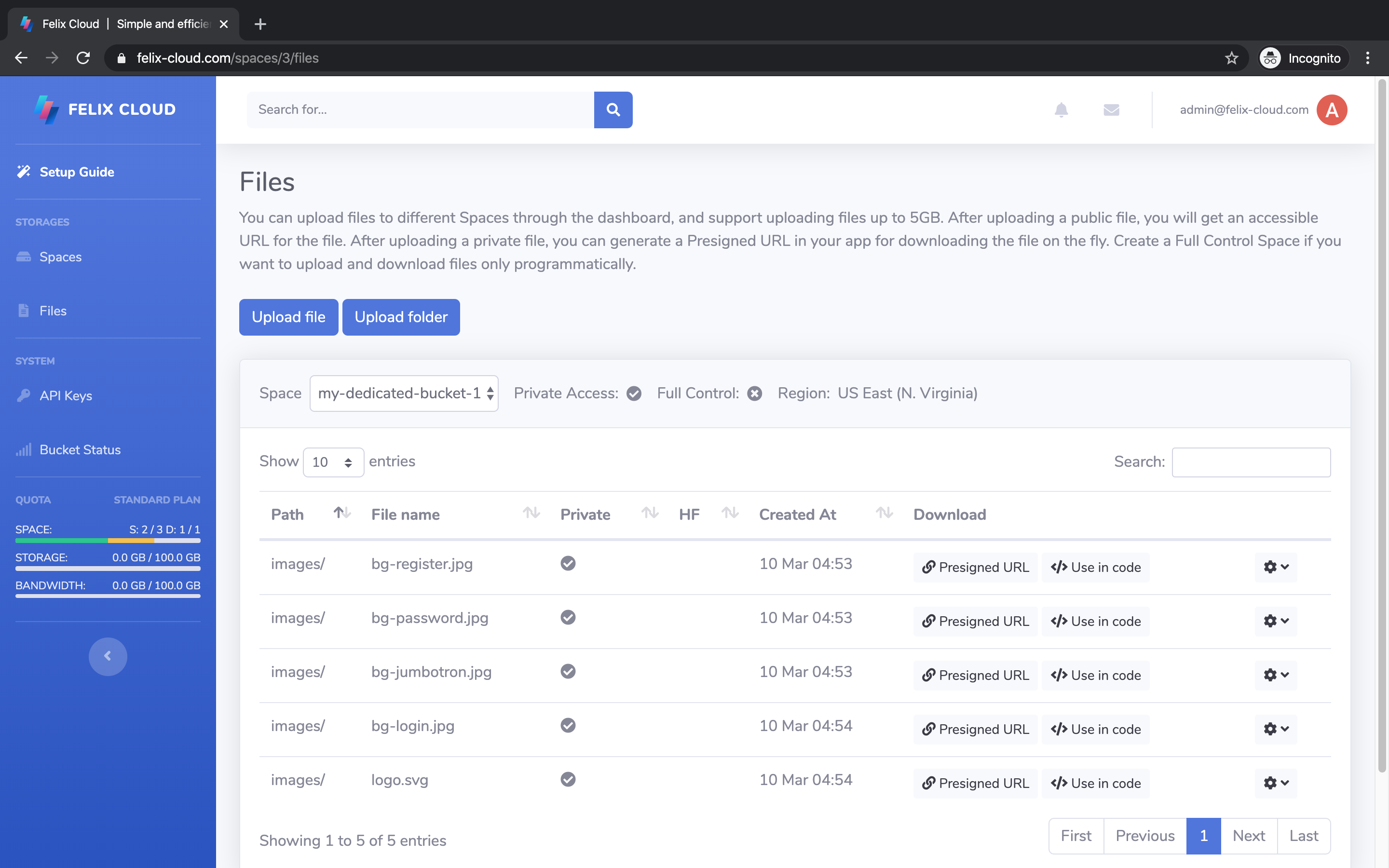
If you are using Travis for continuous integration you will have made it this far and it may still be failing 😫. When you’re done, the application.yml should look something like this: Any misspells or typos in this section will cause problems, so it’s worth a triple check. You’ll also need to add your bucket name (case sensitive). Copy them into the appropriate new variable in the application.yml file. You’ll need the Access Key ID and the Secret Access Key.
Open the AWS CSV file you downloaded earlier using Excel, Numbers, or Google Sheets. Now, open the application.yml file and make three new variables (see screenshot below). gitignore file so that it doesn’t get checked into version control. This will create a commented config/application.yml file, and it will add it to your.
#Heroku file storage install#
Then run bundle install and bundle exec figaro install. We will use the Figaro gem to reconcile this issue.įirst, add the Figaro gem to your Gemfile, by adding gem “figaro”. However, if you are using a version control system like Git with GitHub, you don’t want those keys to be publicly available. app/.You will be using the secret keys in the CSV you just downloaded to interface with the API, and as such, they’ll need to go into your code. If you see a result then the binaries are ready to be used: $ heroku run bash If there is no output then the operation was not performed correctly. You can verify that the dependencies are installed by running which ffmpeg on the command line. Once you’ve done this, you need to deploy again to get the binaries. If you want the ability to preview these types of files with Active Support you need to run: $ heroku buildpacks:add -i 1 These system dependencies are not available by default on Heroku.
#Heroku file storage pdf#
By default Rails ships with support with poppler for PDF previews, and ffmpeg for Video previews.
#Heroku file storage how to#
To use this feature your application needs access to system resources that know how to work with these files. Specifically you can preview PDFs and Videos. One of the marquee features of Active Storage is the ability to use “previews” of non-image attachments. Then commit your files to git before trying to deploy to Heroku. Add this to your Gemfile: gem "aws-sdk-s3", require: falseĭon’t forget to run this command locally: $ bundle install In your config/environments/production.rb make sure that you have set your active storage service to amazon: config.active_rvice = :amazonįinally you need to also include the AWS gem. Once you’ve done this, you will need to tell your application to use this storage backend in production. If you are using the bucketeer addon to manage S3 for you, then you can add this to your config/storage.yml: amazon: To use a different storage backend, you will need to modify the config/storage.yml file. Instead of storing uploaded files to disk, the best practice is to leverage a cloud file storage service such as Amazon’s S3. In addition, any files stored on disk will not be visible from one-off dynos such as a heroku run bash instance or a scheduler task because these commands use new dynos. When you refresh the webpage, there will be a 50% chance that the web request will be routed to the dyno with the file, and a 50% chance it will appear to be broken. For example if you have two dynos, and upload a file, it will only be present on one dyno. This means that the dyno that serves a web request, might be different than a dyno that contains a specific uploaded file. If the app has multiple dynos, not all files will be present on every dyno. The files will go away when the app is deployed, or when it is automatically restarted (once every 24 hours). While file uploads that are stored with the :local option will appear to work at first, the attachments will exhibit seemingly strange behavior and eventually disappear.

By default Active Storage uses a :local storage option, which uses the local file system to store any uploaded files. Heroku has an “ephemeral” hard drive, this means that you can write files to disk, but those files will not persist after the application is restarted. This guide will cover how to use Active Storage on Heroku.

Rails 5.2 introduced Active Storage as a way of managing attaching and saving files to Active Record models.


 0 kommentar(er)
0 kommentar(er)
